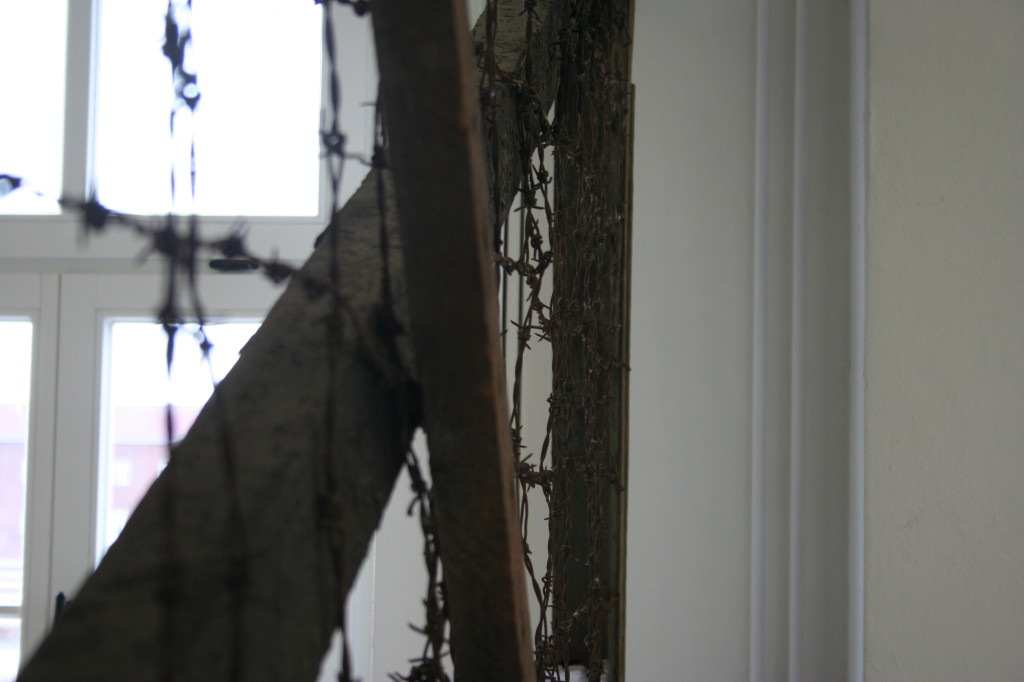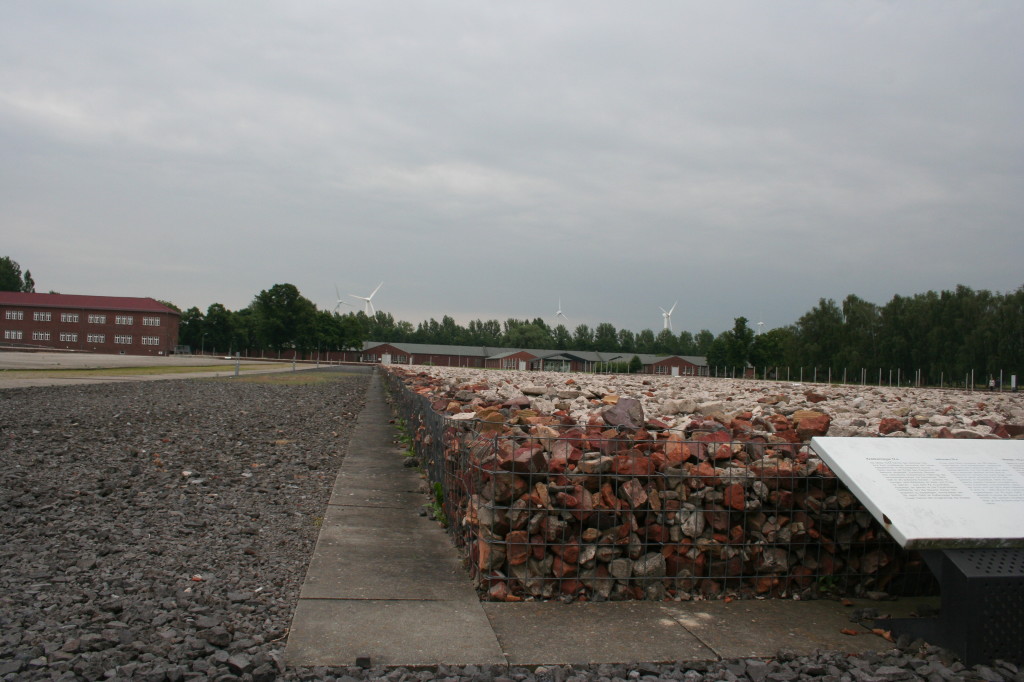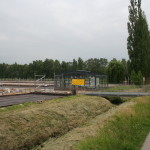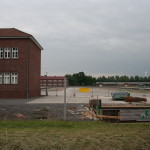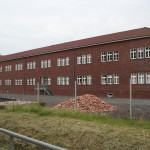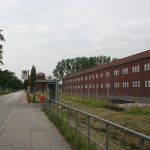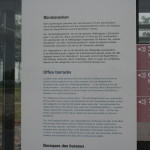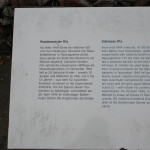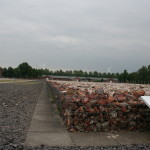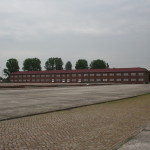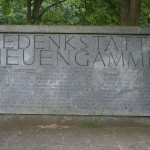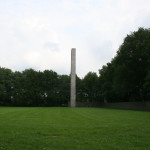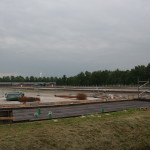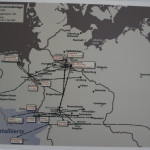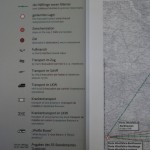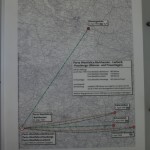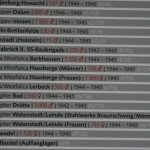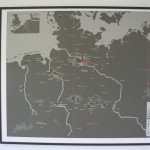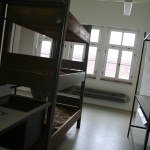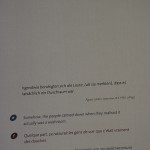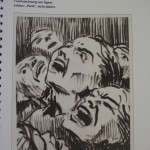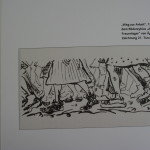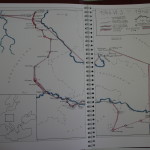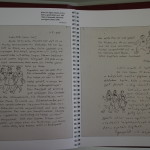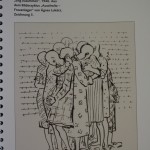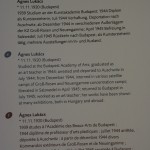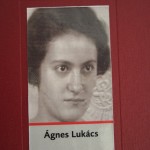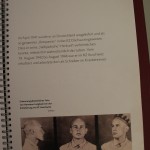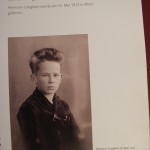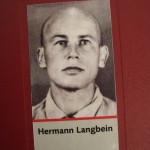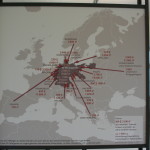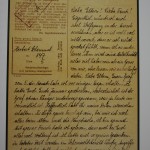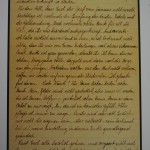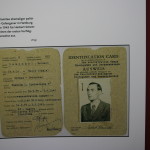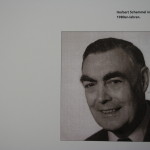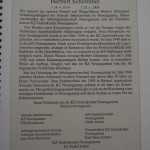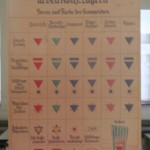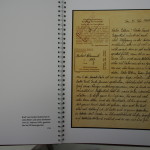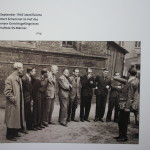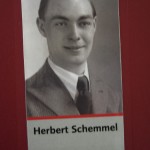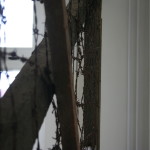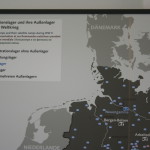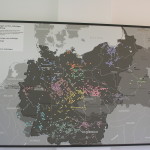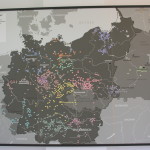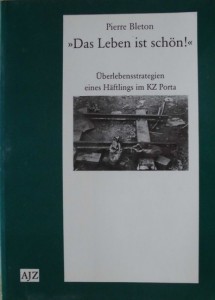 There are many ways and means of finding sources. Even though I should be just in the writing stages by now, I’m still finding sources to add to my collection. I was reading in Pierre Bleton’s book “Das Leben ist schön!” (no relation to the film of the same name, this book came out first), and a footnote here and there got me off on a web search for things. I don’t know why I have not searched the USHMM catalog until now, but it proved useful. I already knew of the three or four books that come up with a search for “Porta Westfalica”, but the 76 survivor interviews were a new find. I have transcripts from about 25 survivors that I found in the Neuengamme archive. Only one of those is listed in the results from USHMM. That gives me 100 survivor accounts. Of the estimated 3,000 prisoners in four camps at Barkhausen, Hausberge, and Lerbeck/Neesen, that gives me a view of 3% of the prisoners. Further looking into the records of the interviews, showed that not all of them were in English; some were in Danish, Hungarian, Hebrew, and Slovak. Of the 76 listed, only 45 were in English.
There are many ways and means of finding sources. Even though I should be just in the writing stages by now, I’m still finding sources to add to my collection. I was reading in Pierre Bleton’s book “Das Leben ist schön!” (no relation to the film of the same name, this book came out first), and a footnote here and there got me off on a web search for things. I don’t know why I have not searched the USHMM catalog until now, but it proved useful. I already knew of the three or four books that come up with a search for “Porta Westfalica”, but the 76 survivor interviews were a new find. I have transcripts from about 25 survivors that I found in the Neuengamme archive. Only one of those is listed in the results from USHMM. That gives me 100 survivor accounts. Of the estimated 3,000 prisoners in four camps at Barkhausen, Hausberge, and Lerbeck/Neesen, that gives me a view of 3% of the prisoners. Further looking into the records of the interviews, showed that not all of them were in English; some were in Danish, Hungarian, Hebrew, and Slovak. Of the 76 listed, only 45 were in English. 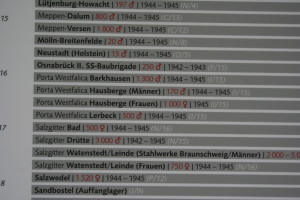 So that gives me a total of 70 survivor interviews to use for my dissertation. I’ll have to compile some data points to draw up some graphs and what not (maps, info-charts, etc) about the survivors, and see what that can tell me. I also need to find some time to go down to the USHMM so I can view the interviews which are provided by the USC Shoah Foundation and only viewable from select locations.
So that gives me a total of 70 survivor interviews to use for my dissertation. I’ll have to compile some data points to draw up some graphs and what not (maps, info-charts, etc) about the survivors, and see what that can tell me. I also need to find some time to go down to the USHMM so I can view the interviews which are provided by the USC Shoah Foundation and only viewable from select locations.
